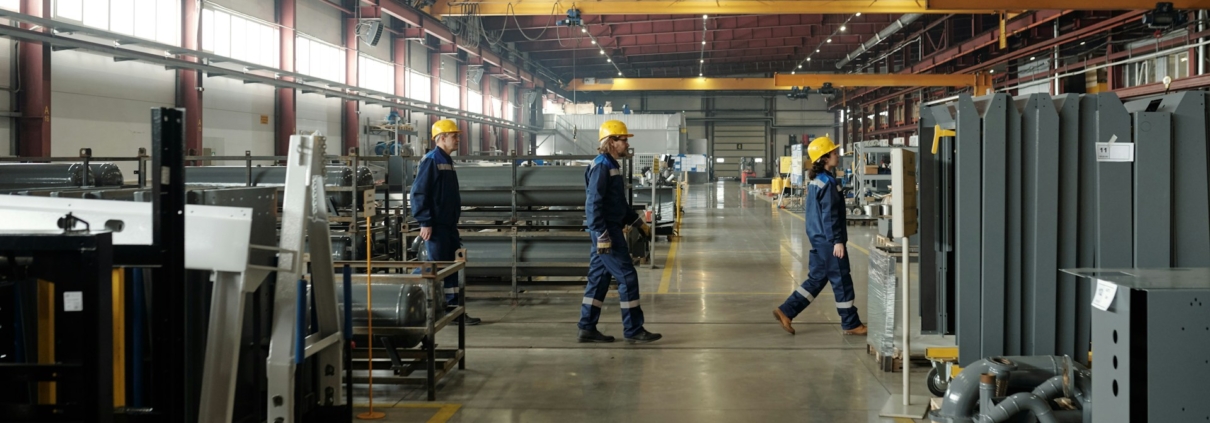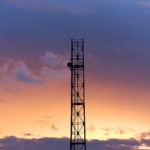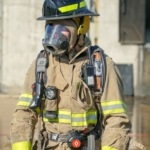Understanding The Importance Of Gas Testing In Hazardous Environments
Imagine you’re working on a construction site or in a factory, surrounded by machinery that hums and clanks as it gets the job done. These environments are important for industry, but they come with risks, especially when it comes to hazardous gases. In places like Perth, where industrial work is common, knowing how to manage these gases is not just smart—it’s necessary. This is where gas testing plays a big role, acting like a check-up for the air in these high-risk zones. By checking for harmful gases, it keeps everyone working there safe and sound.
Perth’s active industrial scene relies on this crucial safety measure to help prevent accidents and health issues. As industries grow and technology advances, the risks associated with dangerous gases become more significant. That’s why understanding how gas testing works is key. It’s not just about following rules; it’s about making sure everyone gets home safely. Let’s explore what gas testing actually involves and why it’s so helpful, especially here in Perth.
What Is Gas Testing?
Gas testing involves analyzing the atmosphere in specific areas to identify any dangerous gases that might be present. These environments can be places like factories, mines, or any location where industrial work creates potential for gas build-ups. Here’s a straightforward breakdown of what gas testing entails:
Purpose
The main goal of gas testing is to spot unsafe gases before they can cause harm. Common gases that are checked include carbon monoxide, hydrogen sulfide, and methane—all of which can be really dangerous at certain levels.
– Types of Hazardous Gases: Knowing the usual culprits is key. Let’s break it down:
– Carbon Monoxide: Often called the “silent killer,” this gas is odorless and invisible but can be deadly.
– Hydrogen Sulfide: Recognized by its rotten egg smell, it’s extremely toxic.
– Methane: Explosive under the right conditions, it’s a major concern in mining and oil sectors.
Understanding the process of gas testing and the kinds of gases involved is critical for maintaining safety standards. By being proactive—rather than reactive—about these potential threats, businesses can ensure a safer workplace and fewer emergency situations.
How Gas Testing Ensures Safety
Regular gas testing acts like a safety net, catching hazards before they turn into real problems. This task is more than just a routine check—it’s a crucial step in accident prevention. By identifying toxic gases early, companies can take immediate action to mitigate risks.
One example of the importance of this process can be seen in underground mining. Without testing, there’s a higher chance of encountering dangerous gases, potentially leading to explosions or health issues. On the other hand, regular checks enhance worker confidence, knowing their environment is monitored and adjustments are made as needed.
Benefits extend beyond just safety. For businesses in Perth, this level of careful monitoring assures better productivity and fewer disruptions. Employees can focus on their tasks without worry, and companies incur less downtime from accidents. By investing in thorough gas testing, businesses not only safeguard their staff but also streamline operations, creating a workplace where focus stays on work—not the dangers lurking in the air.
The Gas Testing Process
Understanding how gas testing works gives insight into its effectiveness at maintaining safety. Here’s a simple guide to the gas testing process:
1. Preparation: Before testing begins, the area needs to be secured. This involves ensuring that only authorized personnel are present to prevent any interference with the testing process.
2. Detection Equipment: Highly calibrated devices are used to detect and measure any gases in the air. These devices can spot even the smallest traces of harmful gases, which is vital for an accurate assessment.
3. Sampling: The air is sampled to identify any present gases. Testing can be done continuously in high-risk zones or periodically in areas with lower risk levels.
4. Analysis and Reporting: Once the samples are collected, they are analyzed to determine the type and concentration of any hazardous gases. This data is then compiled into a report that guides safety measures and responses.
5. Action: If any hazardous gases are detected, prompt action is taken to ventilate the area or evacuate personnel if necessary, ensuring the environment is made safe for workers.
Regular testing not only helps in identifying dangerous gases but also verifies that control measures continue to be effective. By documenting the entire process, businesses in Perth can keep a record of their safety practices and make adjustments as needed.
Trust the Professionals in Gas Testing
When it comes to gas testing, relying on skilled professionals is pivotal. These experts bring specialized knowledge and experience that ensures the testing is conducted safely and accurately. Professional training equips individuals with the know-how to handle advanced testing equipment and respond effectively to emergencies.
Professionals undergo rigorous training, which hones their skills in detecting, analysing, and addressing hazardous gas levels. This expertise translates into peace of mind, knowing that every safety measure is being meticulously implemented.
Perth’s industries prioritize such rigorous training programs to maintain their high standards of workplace safety. These training centres provide hands-on experience, meaning that staff can confidently tackle any gas safety challenges in their work environments.
Staying Safe in Hazardous Environments
Working in environments where hazardous gases might be present requires a keen sense of awareness and strict adherence to safety protocols. Implementing practical safety measures can significantly enhance safety for everyone involved.
– Keep Communication Open: Always stay informed about safety protocols and report any unusual odours or symptoms to supervisors immediately.
– Use Personal Protective Equipment (PPE): Proper use of PPE, like masks that filter harmful gases, is non-negotiable in risky areas. It’s a critical component of personal safety plans.
– Continuous Training: Engage in regular safety training sessions. These sessions often include refreshers on using safety equipment and understanding safety procedures.
Safety is a shared responsibility. Emphasizing a culture of vigilance and having regular check-ins with staff can make a significant difference in preventing accidents or injuries. Companies who invest in robust safety measures, including thorough gas testing, foster safer work environments that contribute to overall well-being and efficiency.
As workers and employers strive to create a culture of safety, the emphasis must remain on training and awareness. Proper preparation ensures that safety isn’t just a procedure—it’s a part of daily operations. Checking and double-checking equipment and environments regularly helps in maintaining a safe workspace for everyone involved.
Ready to prioritise safety in your workplace? Discover how Access Unlimited can support your team with professional training on gas testing in hazardous environments. Enhance your team’s preparedness by enrolling in our specialised course on gas test atmospheres, and help keep your operations in Perth safe and compliant.



